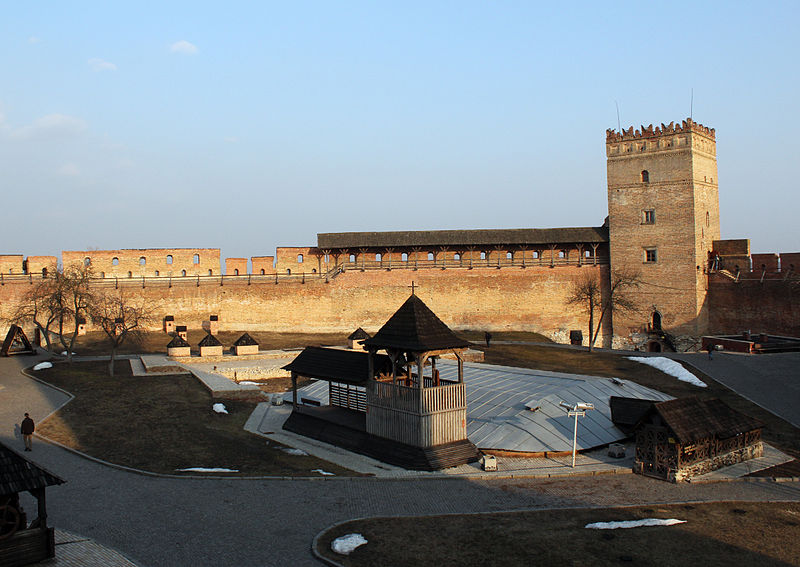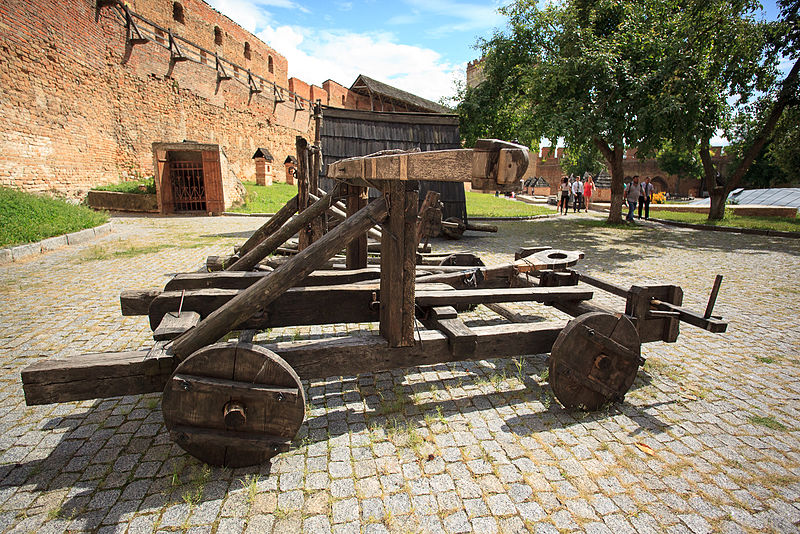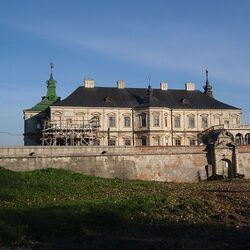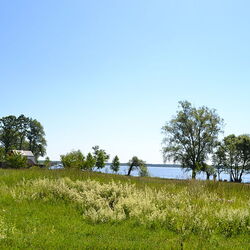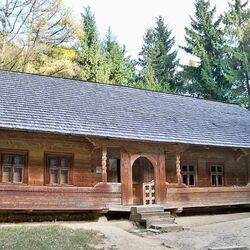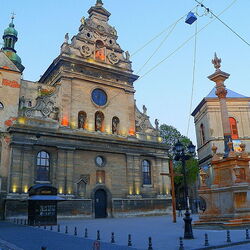Lutsk castle
Lutsk Castle is one of several well-preserved medieval castles in Ukraine. It is an architectural monument and the oldest building in the city of Lutsk.

In total, there were 2 castles in Lutsk: Roundabout and Upper, interconnected. It is believed that the castle was built in 1340, but there was a powerful fortification in Lutsk as early as 1069. It was then that the troops of the Polish king Boleslav the Bold, after 6 months of siege, failed to capture the city. In 1085, the Lutsk Castle was first found in the Ipatiev chronicles. In the following years, the castle was repeatedly the scene of internecine wars. The Galician princes Vladimir Volodarevich and Yaroslav Vladimirovich tried to occupy it in 1150 and 1155. In 1255, it was besieged by the Golden Horde. In 1349, the Polish king Kazimir sought to capture Lutsk, and in 1431, Jagiello. But nothing mattered to Lutsk Castle, and in 1502 the reconstruction of the castle began, during which it became stone.
The castle has housed the authorities of the Volyn Voivodeship since its foundation.: the administration of the region, the court, the residence of the princes. In 1429, a meeting of authoritative European rulers was held here, among whom were: King Jagiello of Poland, Sigismund, ruler of the Holy Roman Empire, King Eric of Denmark, Prince Vasily II of Moscow, Grand Master of Prussia, legate of the Pope, Crimean Khan and ambassador of the Byzantine Empire. Financial and political issues were settled at the meeting. Over time, the castle lost its functions, and the Roundabout Castle was completely destroyed. After the partition of the Polish-Lithuanian Commonwealth, Lutsk became part of the Russian Empire. During the Civil War in 1917-1920, it switched sides several times, and from 1921 to 1940 Lutsk was part of Poland. The upper castle suffered very severe damage and was restored throughout the 20th century. In the early 2000s, part of the Roundabout Castle was restored.
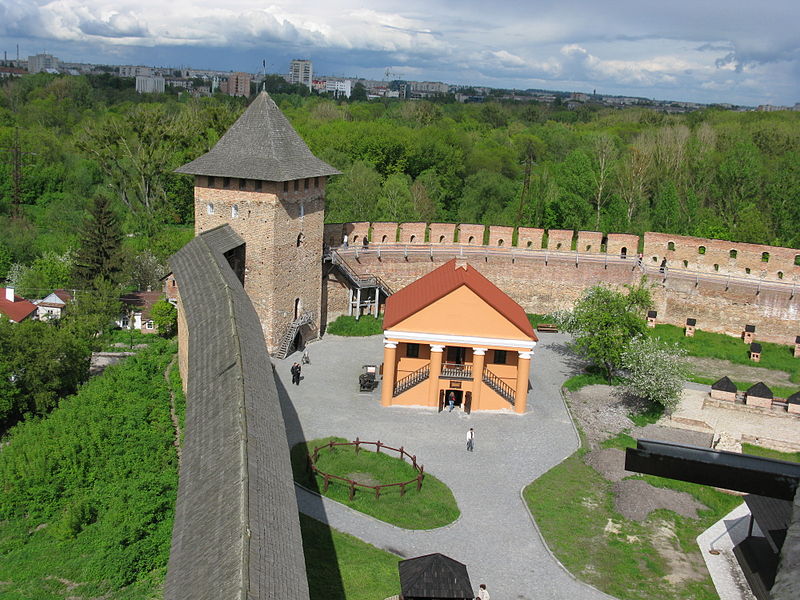
Due to the relief, the shape of the Lutsk Castle resembles a triangle. The castle gates are located to the west, most of the towers were rebuilt in the 15th century with another 1 tier, and gun loopholes were built on the walls. The walls of the Roundabout Castle were made of wood and in places of brick. The wall of the Roundabout Castle adjoined the Butt Tower of the Upper Castle. Only 1 tower of the 8 towers of the Roundabout Castle has survived to this day.

